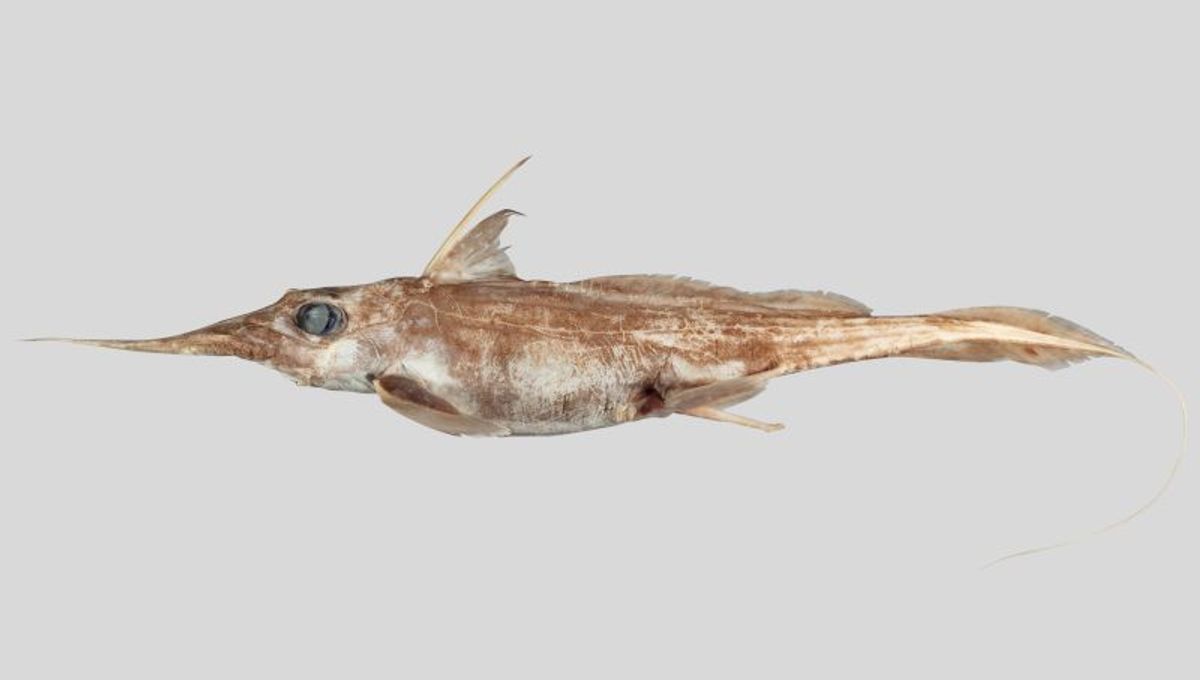
If you’re thinking of going down the unconventional route for this year’s Halloween costume, we’ve got just the inspiration for you: a brand-new species of chimaera, better known as a ghost shark or spookfish.
Scientists discovered the new species, which goes by the scientific name Harriotta avia – avia meaning “grandmother” in Latin, in honor of study author Dr Brit Finucci’s grandmother – and the common name Australasian Narrow-nosed Spookfish, off the coast of New Zealand and Australia.
This region is no stranger to ghost sharks – the study describing the new species dubs it “a global diversity [hotspot] for chimaeroids” – but it was previously thought that this particular species wasn’t actually its own species at all. Instead, it was believed to be a variant of another species, Harriotta raleighana, which is found across the globe.
But with the help of genetics and a closer inspection of its morphology, the researchers were able to identify H. avia as a species in its own right.
“Harriotta avia is unique due to its elongated, narrow and depressed snout; long, slender trunk; large eyes; and very long, broad pectoral fins,” said Finucci in a statement. “It is a lovely chocolate brown colour.”
Together with the finding that the new species appears to live exclusively in the waters of Australia and New Zealand, the team has suggested that it might be time to re-evaluate what we think we know about Harriotta species.
“[The study shows] that Harriotta raleighana, a presumed globally distributed species, likely comprises several species and the genus Harriotta warrants a revision with specimens representing all ocean basins,” the authors write.
That may not be an easy task given the depths at which these unusual-looking creatures live.
“Ghost sharks like this one are largely confined to the ocean floor, living in depths of up to 2,600 [meters] [8530 feet],” said Finucci. The level of pressure to be found at such depths isn’t exactly human-friendly.
“Their habitat makes them hard to study and monitor, meaning we don’t know a lot about their biology or threat status, but it makes discoveries like this even more exciting,” Finucci explained.
What we do know is that, despite the nickname, ghost sharks aren’t actually sharks at all. Whilst the two groups are still related to each other, it’s thought that they diverged from one another other nearly 400 million years ago. Both remained cartilaginous, but ghost sharks have wound up with several physical differences from their relatives.
The study is published in Environmental Biology of Fishes.
Source Link: New “Ghost Shark” Species Lurks In Deep Seas Of Australia And New Zealand